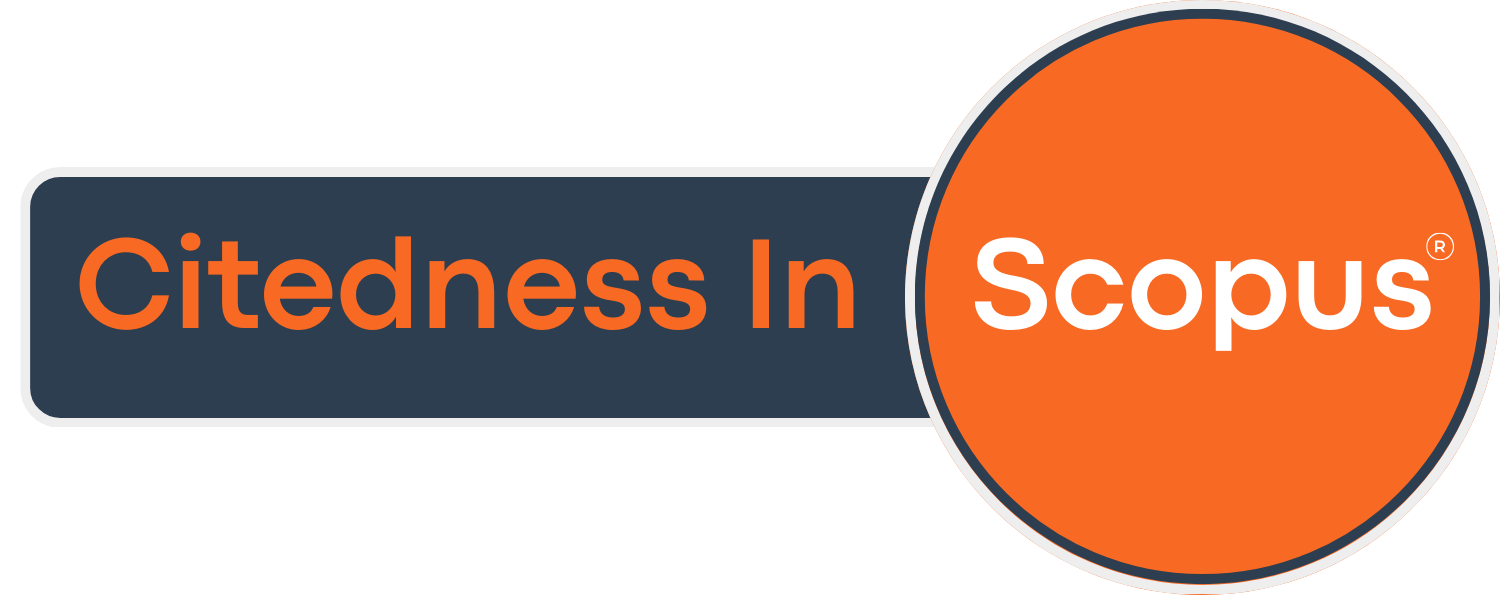Power Enhancement of Monocrystalline Solar Panel with Passive Cooling
DOI:
https://doi.org/10.21070/r.e.m.v9i1.1688Abstract
The need for energy every year both in the domestic and global increases. Indonesia's energy needs are predicted to increase by 5% each year. Indonesia has renewable energy potential from solar, hydropower, wind, and geothermal sources. The potential of new renewable energy amounted to 442 GW. Of the 442 GW, the greatest potential is owned by 207 GW of solar energy. The high potential of solar energy in Indonesia is because Indonesia is located in the tropics which experiences sunshine time of approximately 6-8 hours per day and the sun continues to shine throughout the year. However, the length of irradiation also has an impact on increasing the temperature of solar panels. The higher the temperature of the solar panel, the output power will decrease and the life of the solar panel is reduced. The use of passive cooling from reference has a lower efficiency increase than active cooling. However, its installation requires lower costs, minimal maintenance, and no additional power requirements. This research will use 20WP monocrystalline solar panels with three cooling variations, namely: 1) with the addition of a thin aluminum plate and Vortex generator 2) By giving a tub of water under the panel 3) the Addition of aluminum fin. The three variations are compared with solar panels without cooling. The results on the first day showed a decrease in temperature of 2.30C with aluminum fin and an increase in power of 6.97% when using a water container. On the second day, a temperature decrease of 2.90C and a power increase of 5.81% when using aluminum fin coolers were recorded.
References
K. ESDM, “Direktorat Jenderal EBTKE - Kementerian ESDM.” https://ebtke.esdm.go.id/post/2020/03/13/2508/menengok.ladang.panel.surya.terbesar.di.indonesia (accessed Mar. 02, 2021).
T. S. J. D. E. Nasional, “Indonesia Energy Out Look 2019,” J. Chem. Inf. Model., 2019.
R. Sianipar, “Dasar Perencanaan Pembangkit Listrik Tenaga Surya,” Jetri J. Ilm. Tek. Elektro, vol. 11, no. 2, 2017.
T. Saga, “Advances in crystalline silicon solar cell technology for industrial mass production,” NPG Asia Materials, vol. 2, no. 3. 2010, doi: 10.1038/asiamat.2010.82.
“BPS Provinsi Jawa Timur.” https://jatim.bps.go.id/statictable/2021/05/24/2140/pengamatan-unsur-iklim-di-stasiun-pengamatan-badan-meteorologi-klimatologi-dan-geofisika-bmkg-stasiun-meteorologi-kelas-i-juanda-sidoarjo-2018-2020.html (accessed May 22, 2022).
A. W. Kandeal et al., “Photovoltaics performance improvement using different cooling methodologies: A state-of-art review,” Journal of Cleaner Production, vol. 273. 2020, doi: 10.1016/j.jclepro.2020.122772.
M. Hasanuzzaman, A. B. M. A. Malek, M. M. Islam, A. K. Pandey, and N. A. Rahim, “Global advancement of cooling technologies for PV systems: A review,” Solar Energy, vol. 137. 2016, doi: 10.1016/j.solener.2016.07.010.
M. Sharaf, M. S. Yousef, and A. S. Huzayyin, “Review of cooling techniques used to enhance the efficiency of photovoltaic power systems,” Environ. Sci. Pollut. Res., vol. 29, no. 18, pp. 26131–26159, 2022, doi: 10.1007/s11356-022-18719-9.
K. P. Amber, W. Akram, M. A. Bashir, M. S. Khan, and A. Kousar, “Experimental performance analysis of two different passive cooling techniques for solar photovoltaic installations,” J. Therm. Anal. Calorim., vol. 143, no. 3, pp. 2355–2366, 2021, doi: 10.1007/s10973-020-09883-6.
N. Parkunam, L. Pandiyan, G. Navaneethakrishnan, S. Arul, and V. Vijayan, “Experimental analysis on passive cooling of flat photovoltaic panel with heat sink and wick structure,” Energy Sources, Part A Recover. Util. Environ. Eff., vol. 42, no. 6, 2020, doi: 10.1080/15567036.2019.1588429.
F. Grubišić-Čabo, S. Nižetić, D. Čoko, I. Marinić Kragić, and A. Papadopoulos, “Experimental investigation of the passive cooled free-standing photovoltaic panel with fixed aluminum fins on the backside surface,” J. Clean. Prod., vol. 176, pp. 119–129, Mar. 2018, doi: 10.1016/J.JCLEPRO.2017.12.149.
E. B. Agyekum, S. PraveenKumar, N. T. Alwan, V. I. Velkin, and S. E. Shcheklein, “Effect of dual surface cooling of solar photovoltaic panel on the efficiency of the module: experimental investigation,” Heliyon, vol. 7, no. 9, 2021, doi: 10.1016/j.heliyon.2021.e07920.
J. Kim, S. Bae, Y. Yu, and Y. Nam, “Experimental and numerical study on the cooling performance of fins and metal mesh attached on a photovoltaic module,” Energies, vol. 13, no. 1, 2019, doi: 10.3390/en13010085.
Z. Zhou et al., “Passive PV module cooling under free convection through vortex generators,” Renew. Energy, vol. 190, 2022, doi: 10.1016/j.renene.2022.03.133.
J. Zhao, B. Zhang, X. Fu, and S. Yan, “Numerical study on the influence of vortex generator arrangement on heat transfer enhancement of oil-cooled motor,” Energies, vol. 14, no. 21, 2021, doi: 10.3390/en14216870.
C. H. B. Apribowo and A. Habibie, “Experimental Method for Improving Efficiency on Photovoltaic Cell Using Passive Cooling and Floating Method,” 2019, doi: 10.1109/ICEVT48285.2019.8993960.
A. Benato, A. Stoppato, F. De Vanna, and F. Schiro, “Spraying cooling system for pv modules: Experimental measurements for temperature trends assessment and system design feasibility,” Designs, vol. 5, no. 2, 2021, doi: 10.3390/designs5020025.
H. A. Harahap, T. Dewi, and Rusdianasari, “Automatic Cooling System for Efficiency and Output Enhancement of a PV System Application in Palembang, Indonesia,” in Journal of Physics: Conference Series, 2019, vol. 1167, no. 1, doi: 10.1088/1742-6596/1167/1/012027.
E. B. Agyekum, S. Praveenkumar, N. T. Alwan, V. I. Velkin, S. E. Shcheklein, and S. J. Yaqoob, “Experimental investigation of the effect of a combination of active and passive cooling mechanism on the thermal characteristics and efficiency of solar pv module,” Inventions, vol. 6, no. 4, 2021, doi: 10.3390/inventions6040063.
Published
Issue
Section
License
Copyright Notice
Authors retain copyright and grant the journal right of first publication with the work simultaneously licensed under a Creative Commons Attribution 4.0 International License that allows others to share the work with an acknowledgement of the work's authorship and initial publication in this journal.






